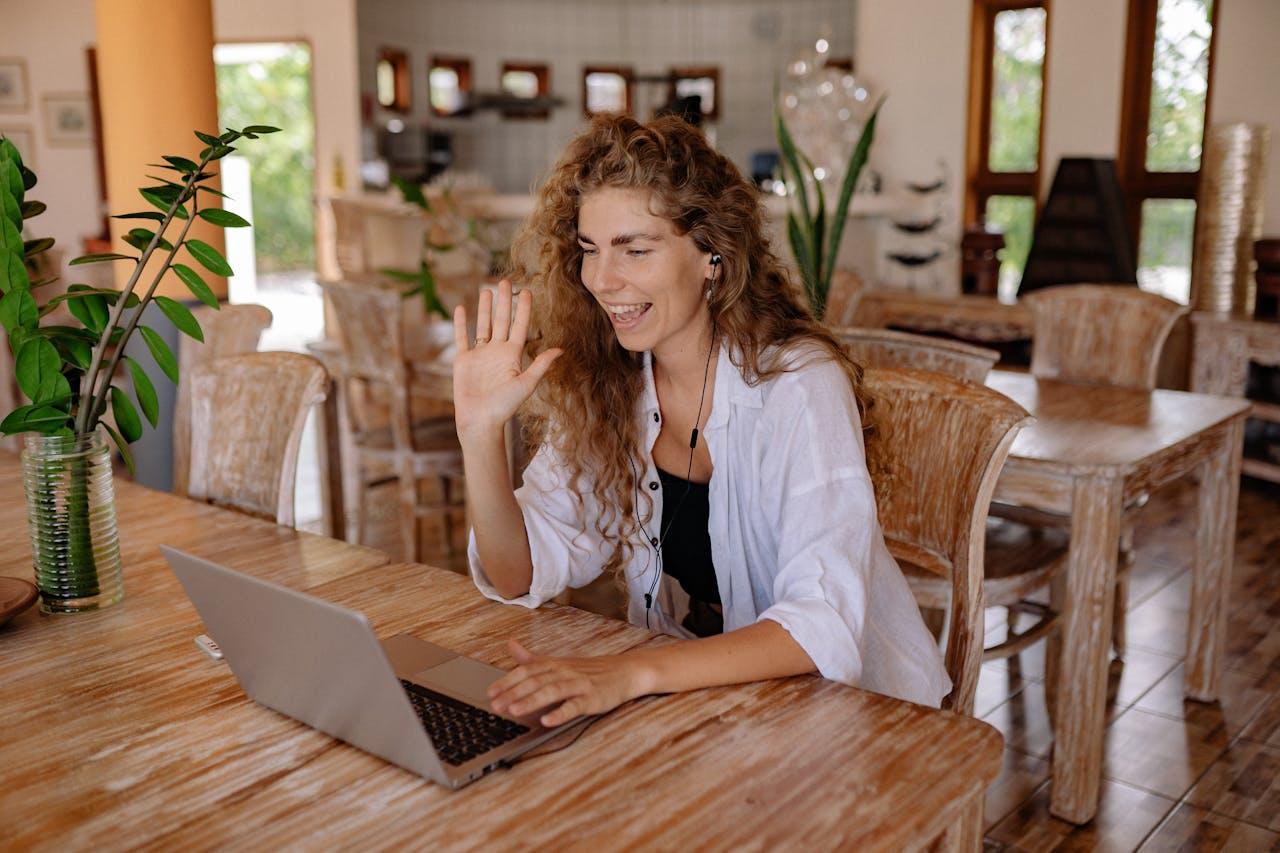
Models of the blended learning method
It's been almost a year since the crown virus rocked the educational landscape, introducing new methods and new concepts.
The forced introduction of online education has reformed the sector to such an extent that European education policy experts are unanimous in their opinion that there can be no return to traditional classroom teaching after COVID-19.
The mixed method is considered to be the best solution. Blended learning combines the use of online learning materials and online interaction with traditional, stationary classroom methods.
One of the main advantages of the method is its flexibility, which is also enhanced by the number of variation possibilities that can be considered. As there are many different models for blended learning, the exact needs and objectives of the individual student and the teacher need to be carefully considered when choosing a particular model.
Here are a few blended learning models that can be used in teaching:
Rotation model
Students learn about aspects of a topic through stations. Some of these are virtual, while others are based on face-to-face, direct instruction.
Flex model
Most of the teaching takes place online, with teachers acting as facilitators in the classroom. Management in this model is mostly autonomous, with students being responsible for their own progress and performance.
Lab model
Students learn everything online, but together and under teacher supervision, as in a traditional language lab. This can be a good option for schools or districts that have limited resources or budget constraints, few resources or staffing problems. Because it requires minimal teacher intervention, the teacher can focus on the students most in need.
Self-blend model
Students receive traditional face-to-face instruction, but supplement it with online instruction of their own choice. Motivated secondary school students benefit most from this model, as they can study on their own timetable in the upper grades.
Online driver model
Students learn online at home or other remote locations and keep in touch with the teacher in person or virtually. The set-up works perfectly for students who live abroad or travel frequently, such as competitive athletes.
(Adapted from Study.com)
